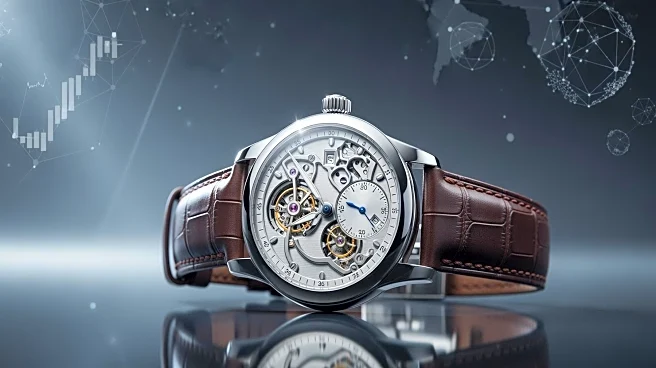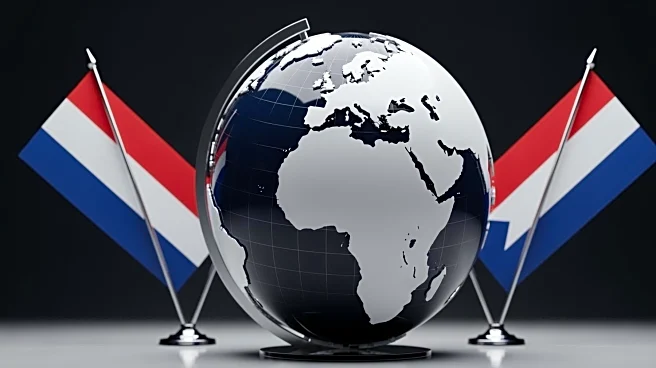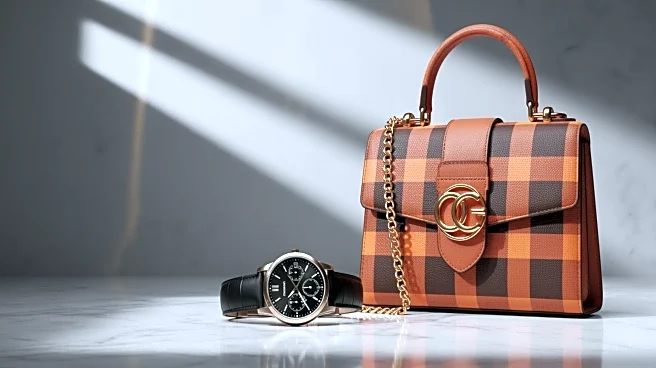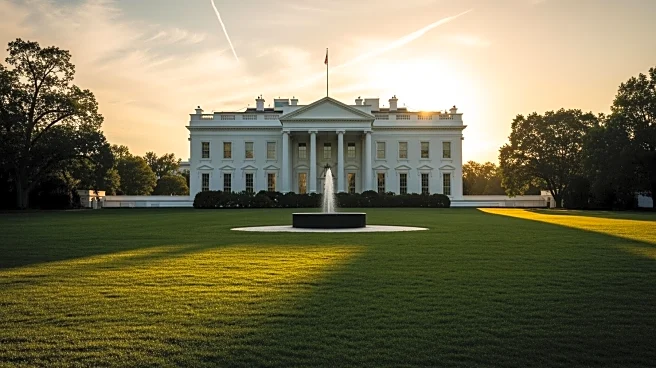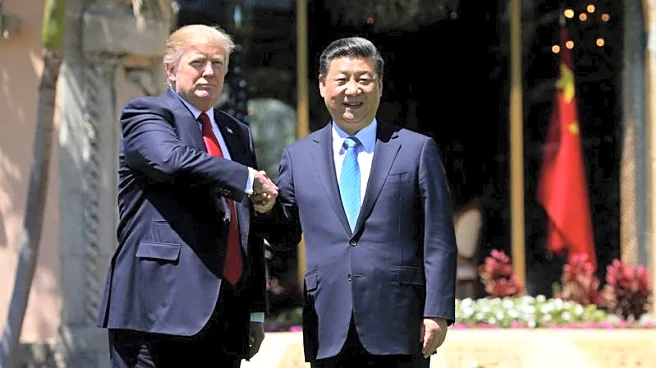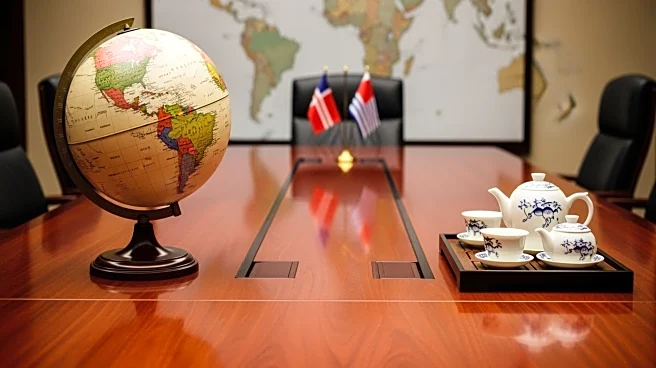What's Happening?
Luxury brands like Moncler and Estée Lauder are closely monitoring their performance in China amid economic uncertainties. Moncler credits its resilience in China for offsetting sluggish sales in other regions, while Crocs attributes its success to strategic
partnerships and improved retail distribution. Estée Lauder faces challenges due to the pandemic's impact on travel retail and competition from domestic brands. Despite these challenges, there are signs of stabilization, with expectations of mid-single-digit growth. The upcoming earnings reports from these brands will provide insights into their strategies and the broader economic landscape in China.
Why It's Important?
China's economic conditions significantly impact global luxury brands, influencing their sales strategies and market positioning. The ability of brands to adapt to local consumer preferences and economic shifts is crucial for maintaining growth. As China remains a key market for luxury goods, understanding consumer behavior and economic trends is vital for brands to navigate challenges and capitalize on opportunities. The ongoing trade tensions and potential tariffs add another layer of complexity, affecting supply chains and pricing strategies. The performance of these brands in China could serve as an indicator of broader economic trends and consumer sentiment.
What's Next?
The upcoming earnings reports will shed light on how luxury brands are adapting to China's economic conditions and consumer preferences. Brands may need to refine their strategies, focusing on local partnerships and tailored marketing approaches to resonate with Chinese consumers. The potential trade negotiations between President Trump and China's leader could influence market dynamics, impacting tariffs and trade policies. Additionally, the upcoming Singles Day holiday will provide further insights into consumer sentiment and spending patterns, offering a glimpse into the future trajectory of luxury consumption in China.
